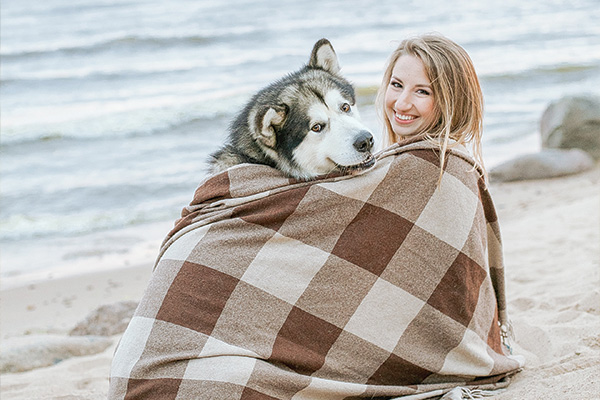Introduction
As we know, the best way to a person’s heart is through their stomach. The same is true for almost every type of pet. True, your dog is always pleased to see you, whether you are bringing treats or not, – but almost all dogs are always happy to see food as well. The same with cats. The same with ponies, donkeys, chickens, ducks, geese, rabbits, sheep, goats – the list goes on.
Your pet likes treats; if you give your pet treats, your pet will like you; therefore, the more you want your pet to like you, the more you should give your pet treats. Right? Well, yes, giving your pet treats helps you to bond with each other, and fosters the right kind of relationship between pet and owner. However, too much snacking, or snacking on the wrong kind of foods, can be just as unhealthy for pets as it can for people.
Types of Treats
Because they know that pet owners want the best for their pets, pet treats manufacturers highlight that their products are tasty and nutritious. But you don’t need to buy specific products.
The great thing about dogs is that potentially they will eat almost any type of food.. Individuals have their own preferences, but if you’re worried about the high sugar, fat, or preservative content often found in commercial treat products, it’s well worth trying your dog on fruits or vegetables. They are readily available, cheap, and healthy. If you’re fortunate enough to have a dog that enjoys apple cores, and you throw your apple core to your dog every time you eat an apple, everybody’s happy!
Cats, on the other hand, are renowned for their contrariness. They can like something one day but turn their noses up at it the next. Most cats are partial to moist meaty or fishy bites.
The Dangers of Treat-Feeding
Feeding treats to pets is, in most cases, a good thing. You do need to exercise a degree of caution when you do so. In the first place, too much snacking, on any type of treat at all, might introduce too many calories into your pet’s diet. This can lead to obesity, and all the health problems that are associated with that.
In the second place,some human foods can be FATAL to some types of pets? Methylxanthines, which are found in chocolate, can cause vomiting and diarrhea, abnormal heart rhythms, seizures, and even death to dogs. Check out this list of harmful human foods for pets to avoid.
In the third place, there are the behavioral issues to think about. Feeding your dog scraps from your own plate is likely to lead to the dog becoming a nuisance around the table when people are eating, or even to the dog stealing food off countertops.
The Benefits of Treat-Feeding
Training
There are practically no animal trainers left who still advocate aversive or punishment methods of training. Food based training is popular because many animals are food motivated. For example, when training a dog, you need to have something the dog wants; then, you need to teach the dog what it has to do in order to get what it wants. Training is classical conditioning in the way that an action elicits a reward.
Benefits of training are many: your pet is motivated and looks to you for direction and motivation, and in this, your bond is strengthened.Up till now, I have been using the word ‘treat’ almost synonymously with ‘food item’ – which is an easy thing to do when talking about dogs, because many dogs are food motivated. However, there certainly are dogs that don’t like food much, or that are fussy eaters. At obedience classes, you often find that dogs who are motivated to work for a toy or affection often far outperform those who prefer food rewards.

Large Animals
With large animals, like horses or donkeys, behavior is often a much more relevant thing to think about when treating than health. If you have a horse that is prone to nipping, it is not a good idea ever to feed it treats from your hand.
However, many ponies are very good when it comes to training their owners. Every equine owner knows that catching a horse,pony or donkey who does not wish to be caught is difficult without using treats. In fact, it can be next to impossible! It feels like a bit of a let-down to reward one’s pet for cheekily frolicking out of reach, but getting into the habit of bringing it a treat every time it needs to be caught may be what it takes. Sometimes, what it takes is carrots.
Although obviously, carrots can never be enough on their own to foster a good relationship with the horse, judicious use of treats like carrots, apples, or cabbage stalks can be an excellent first step for dealing with a nervous or anxious horse. Because all equines are so much bigger and stronger than their humans, a good relationship and some healthy treats are essential to the health and safety of both parties.












